A review and sample photos of the MS-Optics H PETZ 57mm F2 lens used with digital rangefinder cameras and mirrorless cameras.
- Please see the disclaimer regarding advertising here.
- Italicized links in the text are advertisement links that take you to other sites.
Table of contents

Gallery
The sample photos were taken using the following camera.
Review
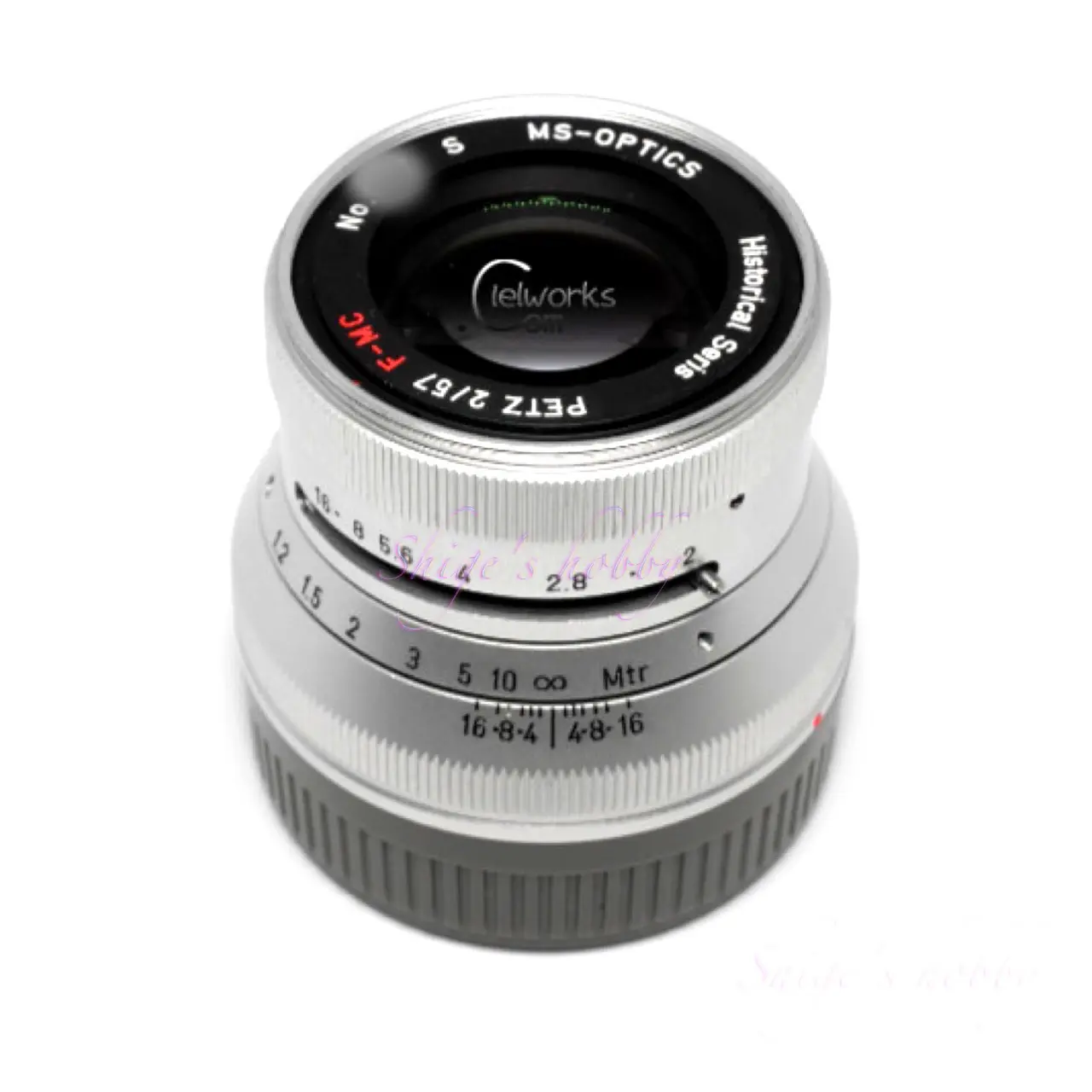
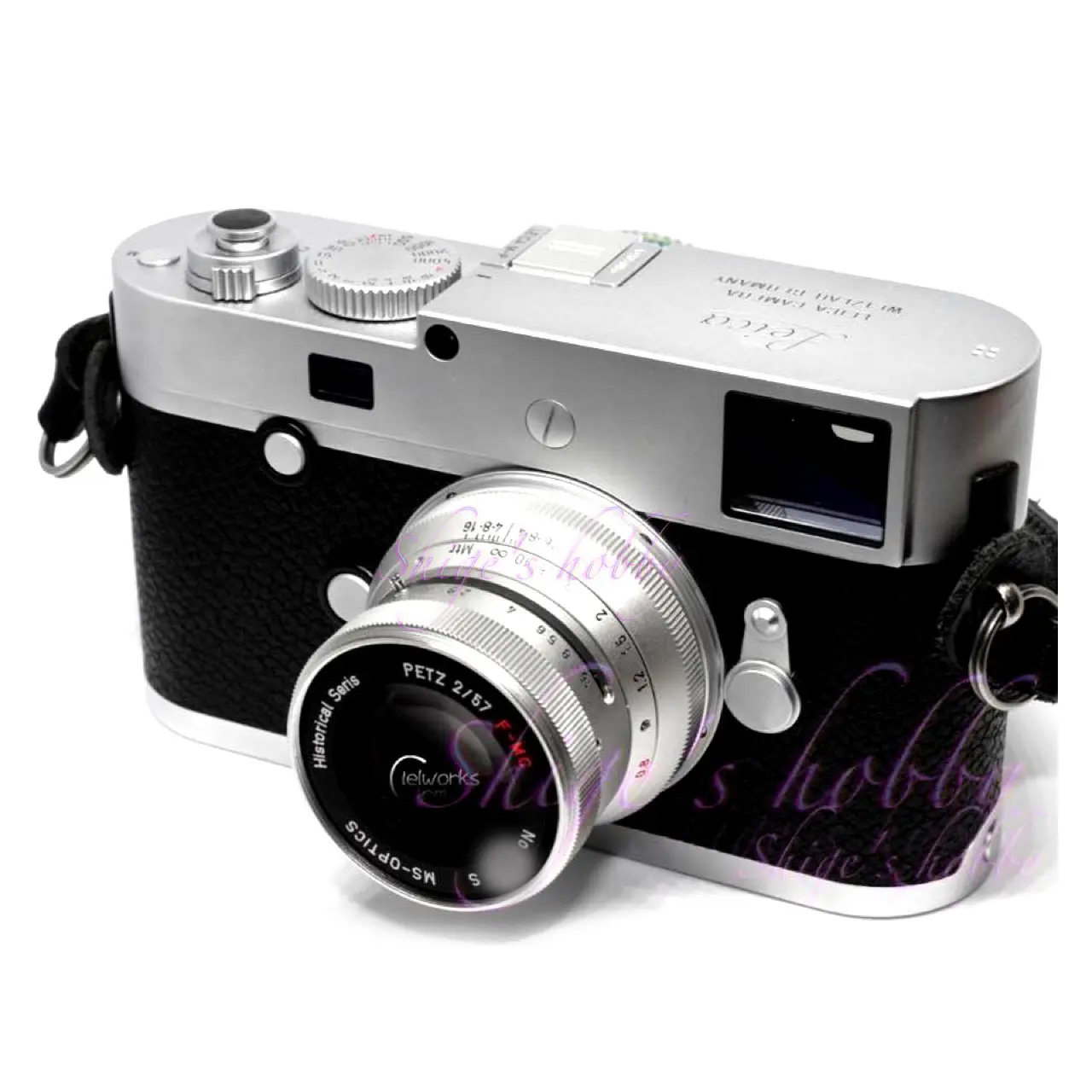
1.Overview
The Ms-Optics H PETZ 57mm is the third lens in MS-Optics’ (Miyazaki Optics) historical series, paying homage to the Petzval lens design.
While the 4-element, 4-group lens configuration is the same as the original Petzval, Petzval-type lenses are typically long-focus lenses and therefore unsuitable for Leica M-mount cameras without modification. Therefore, to create a more generally usable focal length, Mr. Miyazaki reinterpreted the lens design using his own unique approach, resulting in the adoption of a 57mm focal length.
The minimum focusing distance is 0.7m, and it couples with the rangefinder of Leica M-type cameras up to 0.8m.
2.Usability
The Ms-Optics H PETZ 57mm lens produces generally acceptable images in bright light regardless of the camera used. However, at wide apertures, it tends to exhibit flare and ghosting in backlit situations, and some users may find the double-line bokeh in the periphery noticeable.
Regarding the 57mm focal length, when I asked the designer, Mr. Miyazaki, about it, he explained that this lens design couldn’t achieve the desired performance with a shorter focal length (wider angle), so 57mm was the limit.
Mr. Miyazaki also regretfully mentioned that he received feedback from users of this lens saying, “When I used it, it was more of an ordinary lens than I expected.” To overcome this reputation of being an ordinary lens, the VARIO PETZ 57mm F2, which allows for aberration control, was created.
Digital rangefinder camera
The LEICA M10 and LEICA M-P typ240, both used for shooting with the MS H PETZ 57mm F2 lens, are digital rangefinder cameras equipped with a 35mm full-frame 24-megapixel sensor. Looking at the shooting results, in bright light, the central area of the image is sharp enough to fully utilize the 24-megapixel resolution.
The 57mm focal length is a focal length without a frame in the rangefinder camera’s viewfinder. While the KONICA L HEXANON 60mm F1.2 is the only other lens with a similar focal length (60mm), which is a slightly unusual focal length, it’s not a problem when using it with a mirrorless camera’s EVF. However, when using it with an M-type Leica rangefinder, it’s best to be aware that the image captured will be slightly inside the 50mm frame.
Mirrorless camera
The LEICA SL Typ601 is a mirrorless camera equipped with a 35mm full-frame 24-megapixel sensor. Looking at the shooting results, it’s evident that flare and ghosting occur in backlit conditions. Similar to rangefinder cameras, the central area is sharply resolved.
The SONY α7Sii is a mirrorless camera equipped with a 35mm full-frame 12-megapixel sensor. Due to the lower pixel count, the image appears cleaner than cameras in the aforementioned 20-megapixel class.
Cameras with smaller sensor sizes, such as those with APS-C sensors (effective focal length 57mm * 1.5 = 85mm) and Micro Four Thirds cameras (57mm * 2 = 114mm), were not used because they result in longer focal lengths.
In these smaller sensor cameras, only the central part of the lens is used, so while the image is more stable than cameras with 35mm film-sized sensors because the peripheral areas are cropped, flare and ghosting in backlit conditions appear across the entire screen, and it seems unavoidable due to the smaller sensor size.
Medium format digital mirrorless camera
The Hasselblad X2D-100C is a mirrorless camera equipped with a 100-megapixel 44mm x 33mm medium format digital sensor. The equivalent focal length in 35mm film format is approximately 57mm * 0.8 = 46mm, making it roughly equivalent to a standard lens. The image circle covers the entire medium format digital sensor, and while vignetting is almost non-existent, image distortion does occur at the edges. Therefore, whether the entire sensor area is usable for imaging depends on the intended use of the photograph. The central area offers high resolution, making it perfectly suitable for compositions that emphasize the subject in the center. Stopping down the aperture to around F5.6 does not significantly improve the distortion at the edges.
The Hasselblad X2D-100C does not have a mechanical shutter, so rolling shutter distortion may occur during shooting. The Fujifilm GFX series, which also features a medium format digital sensor, does have a mechanical shutter, making it a viable option for those who want to use M-mount lenses with a larger sensor.
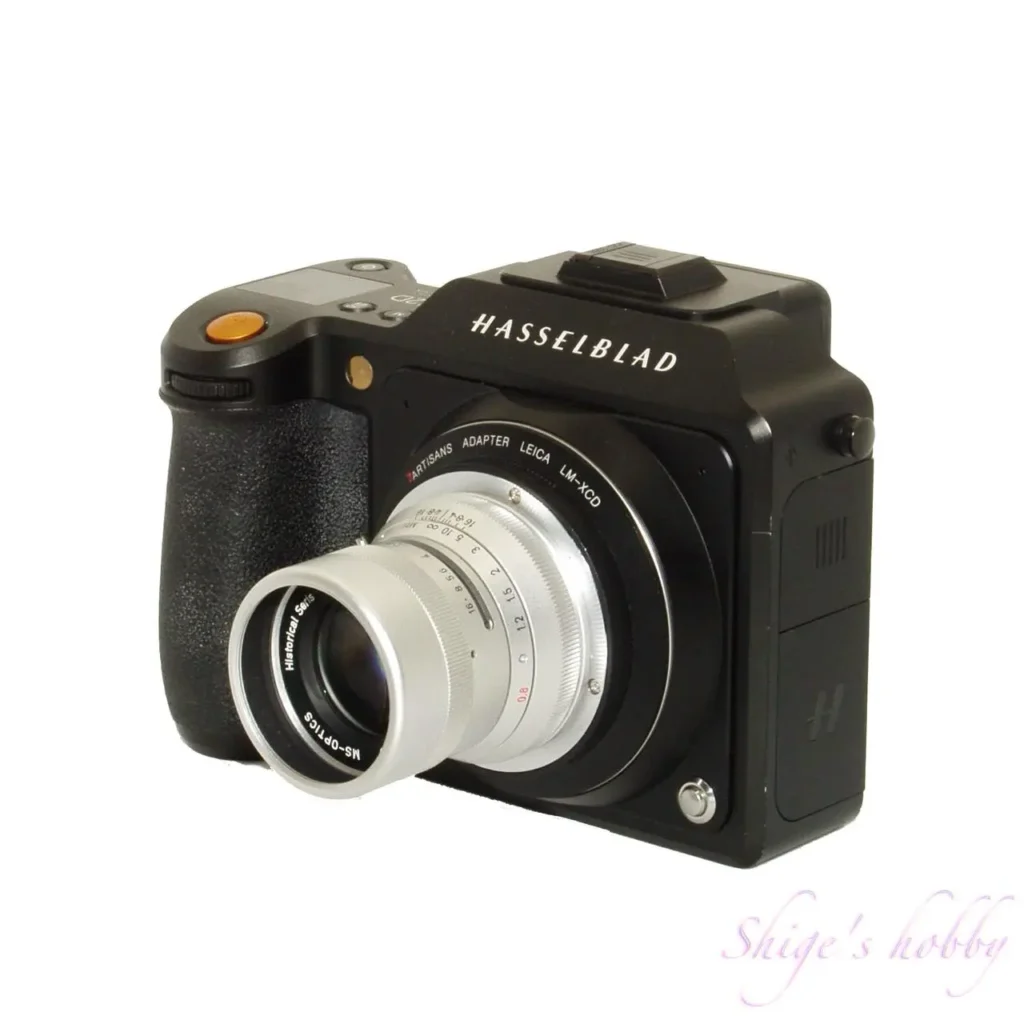
3.Summary
The Ms-Optics H PETZ 57mm is one of the lenses designed by Mr. Miyazaki of Ms-Optics, paying homage to a historical lens. Because the original Petzval lens was a long-focus lens, this lens, designed with a focal length closer to a standard lens, loses some of the unique bokeh characteristics of the Petzval design, resulting in a more ordinary lens with noticeable distortion in the periphery.
While the image circle is wide enough to cover a medium format digital sensor, the distortion in the periphery limits its practical use.
Specifications, considerations, etc.
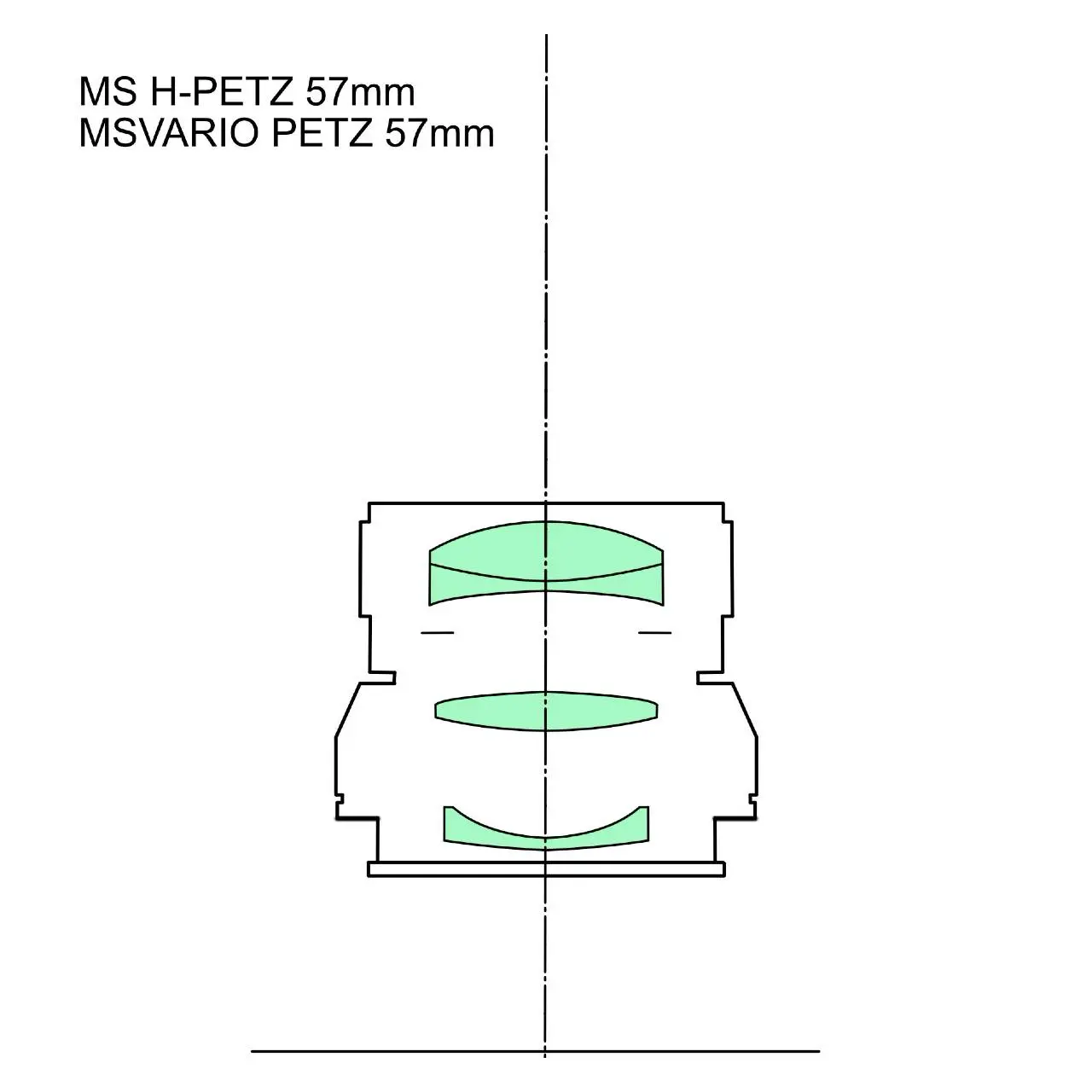
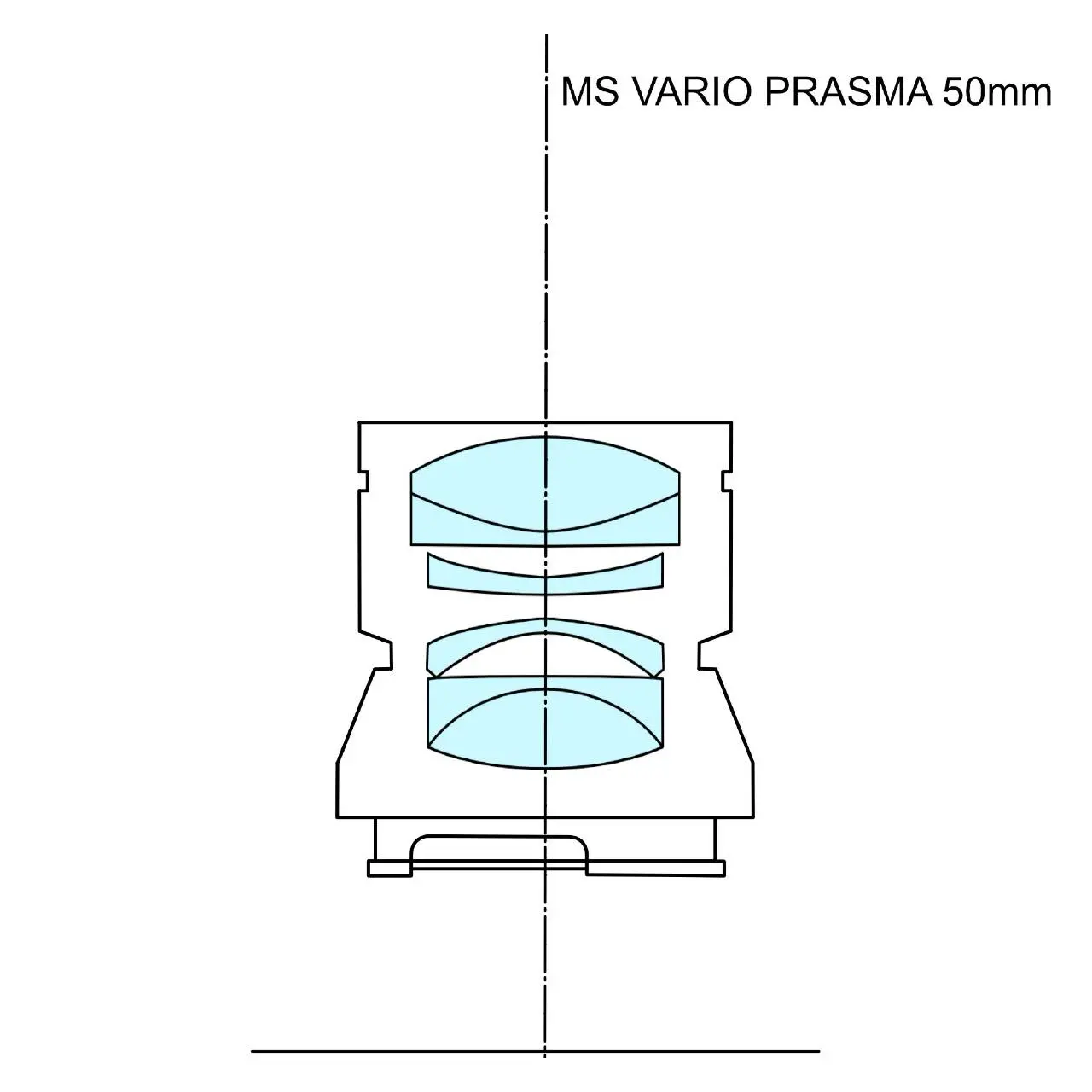
| Item | (VARIO) PETZ | VARIO PRASMA |
| Focal length(mm) | 57 | 50 |
| Max aperture | 2 | 1.5 |
| Min aperture | 16 | 16 |
| Aperture blade | 12 | 12 |
| Lens Construction | 4 elements in 4 groups | 6 elements in 4 groups |
| Min distance(m) | 0.7 | 0.5 |
| Length(mm) | 37 | 43 |
| Max diameter(mm) | 50 | 50 |
| Filter size(mm) | 40.5 | 40.5 |
| Weight(g) | 110 | 135 |
| lens hood | Dedicated cylindrical 40.5mm reverse thread | Dedicated cylindrical 40.5mm reverse thread |
| lens mount | LEICA_M | LEICA_M |
| Release date | 2018 | 2019 |
| Price | ¥75,000 | ¥90,000 |
Reference links
Affiliate links

Amazon Prime Sale
Update history
- 2025.10.29
- 2025.6.18
- 2024.11.15
- 2024.02.15:Update the article
- 2022.01.26:First draft

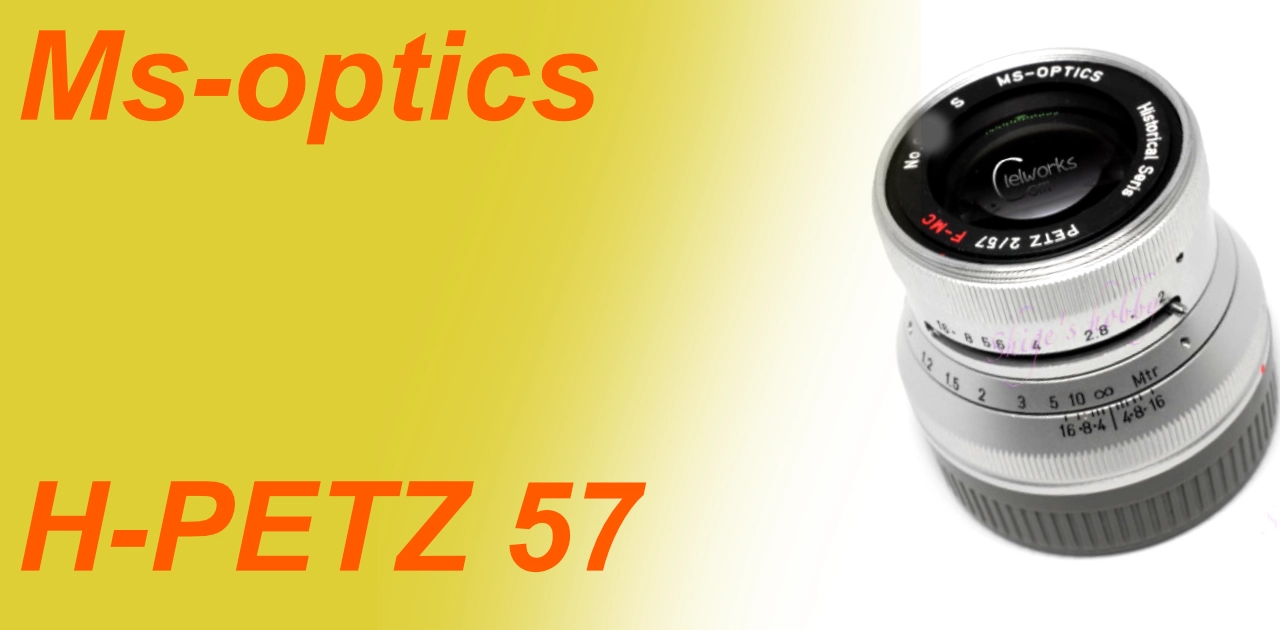
Be First to Comment